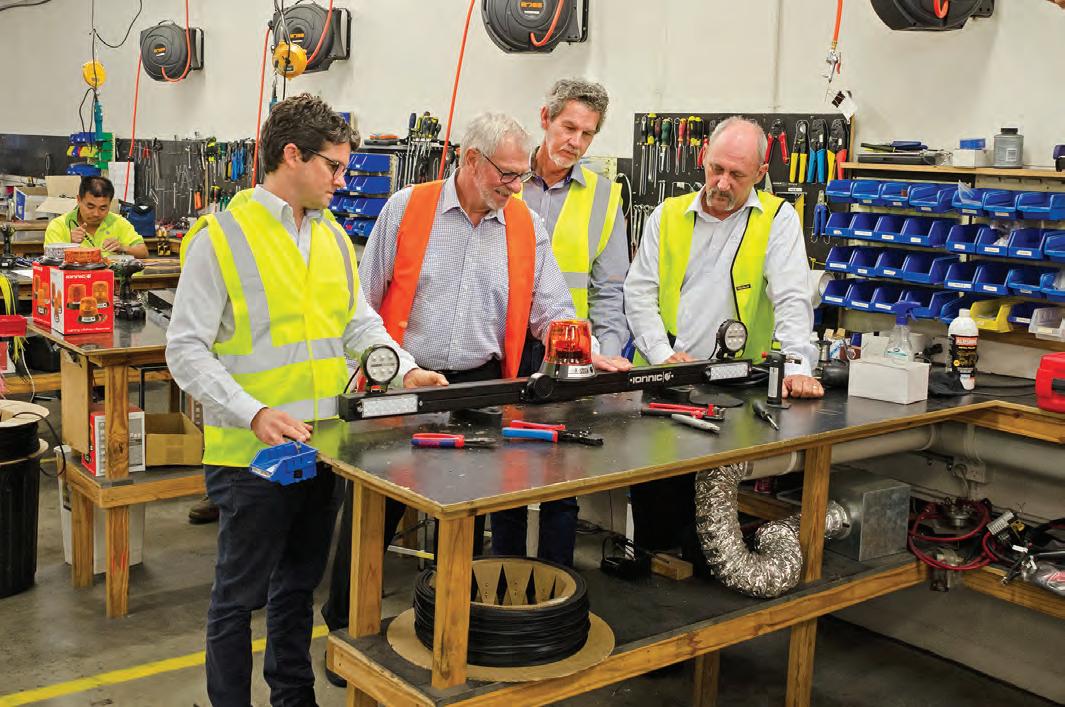AUTOMATION
FROM THE GROUND UP
IN ANTICIPATION OF AUTONOMOUS VEHICLE TECHNOLOGY, SMART HIGHWAYS ARE BEING BUILT TO IMPROVE THE DRIVER EXPERIENCE AND ASSET MANAGEMENT. INEIGHT’S ROB BRYANT EXPLAINS WHY THIS TECHNOLOGY OF TOMORROW SHOULD BE A STAPLE IN CONSTRUCTION NOW.
T
he State of Electric Vehicle’s (EVs) in Australia 2019 report, by the EV Council of Australia revealed the global expansion of EV fleets, with more than 2.1 million electric vehicles sold in 2018. This marked a 64 per cent increase from 2017. The same is reflected in Australia, according to the report sales of EVs in Australia in the first half of 2019 nearly doubled compared to the first half of 2018. With the rise of EV’s comes the rise of autonomous vehicles and related technologies. While there are different stages of vehicle automation, cars sold in 34
ROADS SEPTEMBER 2020
Australia today already feature some of these early stages of autonomy. Lane keep assist and autonomous emergency braking are examples of this. The evolution of autonomus vehicle technology will in turn be the catalyst for change in the construction of a vehicle’s foundation, roads. Known as smart highways, the technology that is set to match and complement autonomous and electric vehicles is beginning to be adopted during the design and construction of Australian road projects. Smart highways include roads with sensors
built into the surface or overheads, that monitor the traffic flow, ground conditions and overall performance of a road. As a major construction project management software provider, InEight is closely watching the rise of this technology and has recognised the importance of planning, design and documentation when creating the smart highways of tomorrow. Executive Vice President of InEight Asia Pacific, Rob Bryant says the idea behind smart highways is to digitise a roadway asset so it ceases to be solely a hard asset and becomes a digital asset as well.

















